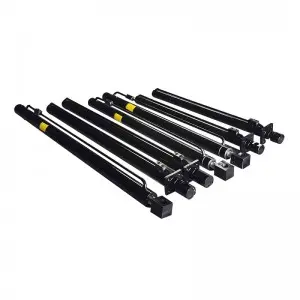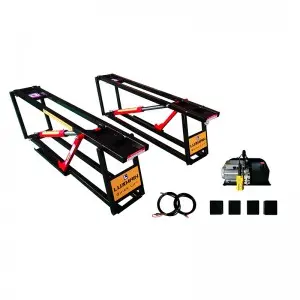The cylinder, a fundamental geometric shape, plays a crucial role across various disciplines, including mathematics, engineering, architecture, and everyday applications. Defined as a three-dimensional solid with two parallel circular bases connected by a curved surface, the cylinder’s simplicity belies its profound significance. From the way it shapes our physical world to its mathematical properties and utility in engineering design, the cylinder is a versatile object worthy of exploration.
**Mathematical Properties of the Cylinder**

Exploring the Many Applications and Fascinating Properties of the Cylinder in Mathematics, Engineering, Architecture, and Daily Life
In mathematics, the cylinder is studied within the realm of geometry and calculus. The most common type is the right circular cylinder, which features two flat, circular bases located at equal distances from the center of the cylinder. The height (h) of the cylinder is the perpendicular distance between these two bases, while the radius (r) is the distance from the center to the edge of either base.
The formula for calculating the volume (V) of a cylinder is given by:
\[
V = \pi r^2 h
\]
This formula illustrates how volume increases with both the height and the area of the circular base, which is represented by \(\pi r^2\). The surface area (A) of a cylinder, which includes both circular bases and the curved surface, can be calculated with the following formula:
\[
A = 2\pi r(h + r)
\]
This highlights an important characteristic of the cylinder—its surface area can be manipulated by altering the height or the radius, making it a prime candidate for various applications.
**Applications in Engineering**
Cylinders are not merely theoretical constructs; they find extensive use in engineering and design. Consider the practical applications in the field of mechanical engineering, where cylinders form the basis of numerous essential objects, such as pipes, tanks, and pressure vessels. Their unique shape allows them to withstand internal and external pressures more effectively than other shapes, significantly contributing to the safe containment of liquids and gases.

Exploring the Many Applications and Fascinating Properties of the Cylinder in Mathematics, Engineering, Architecture, and Daily Life
For example, pipelines that transport oil, water, or gas are designed as cylinders, allowing for efficient flow and minimization of turbulence. Similarly, gas cylinders, used for storing propane and other gases, are constructed as cylindrical objects to ensure uniform strength and pressure distribution.
In civil engineering, cylinders are utilized in the design of structural elements, such as columns. The cylindrical columns in buildings provide robust support and are favored for their ability to carry large loads while taking up minimal space, contributing both to aesthetics and functional design.
**Architectural Significance**
Architecturally, the cylinder exhibits both aesthetic quality and functional utility. Large cylindrical structures, such as silos and water towers, showcase the cylinder’s capacity for robust design while serving practical functions. The aesthetic presence of cylindrical forms in cathedrals and modern buildings bridges the gap between the mathematical precision of geometric shapes and artistic expression.
In the realm of interior design, cylindrical forms can be appreciated in furniture. Tables and stools that borrow cylindrical shapes not only possess a unique style but also contribute to the comfort and utility of space. Their rounded edges can soften the look of a room and promote ease of movement.
**Everyday Life and Innovation**
The influence of the cylinder extends into everyday life through items like cans, bottles, and containers. Whether it’s the soda can that refreshes us or the glass of our favorite beverage, the cylindrical shape facilitates efficient volume storage and convenience in handling. Innovations in packaging often leverage the cylinder due to its efficient use of space and material, optimizing both cost and resource consumption.
Moreover, as technology evolves, the application of cylinders is expanding into new territories, such as robotics and mechanics. Cylindrical motors and actuators are commonplace in machinery, where their rotational movements result in efficient power transmission.

Exploring the Many Applications and Fascinating Properties of the Cylinder in Mathematics, Engineering, Architecture, and Daily Life
**Conclusion**
To sum up, the cylinder is more than a mere shape; it is a critical element interwoven into the fabric of our structured world. Its mathematical properties, engineering applications, architectural significance, and pervasive presence in everyday life showcase its versatility and importance. As we continue to innovate and adapt, the cylinder remains a fundamental object that enhances our understanding of geometry, supports various engineering feats, contributes to architectural beauty, and serves functional needs in our daily lives. Whether viewed through a mathematical lens or as a practical tool, the cylinder is a shape that inspires curiosity and respect in equal measure.quick lift car lift


